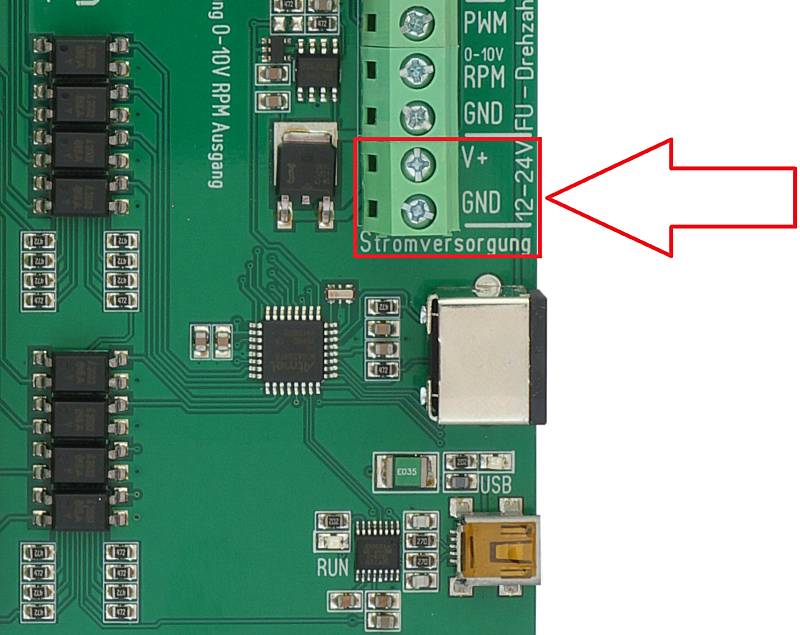

CRT displays also have controls for focus, intensity, and beam finder. The display is usually a CRT with horizontal and vertical reference lines called the graticule. Oscilloscope showing a trace with standard inputs and controlsĪn analog oscilloscope is typically divided into four sections: the display, vertical controls, horizontal controls and trigger controls. 2.6 Dual and multiple-trace oscilloscopes.2.4.8 Vertical sensitivity, coupling, and polarity controls.DSOs without integrated displays (sometimes known as digitisers) are available at lower cost and use a general-purpose computer to process and display waveforms. CROs were later largely superseded by digital storage oscilloscopes (DSOs) with thin panel displays, fast analog-to-digital converters and digital signal processors. Storage oscilloscopes used special storage CRTs to maintain a steady display of a single brief signal. Special-purpose oscilloscopes may be used to analyze an automotive ignition system or to display the waveform of the heartbeat as an electrocardiogram, for instance.Įarly oscilloscopes used cathode ray tubes (CRTs) as their display element (hence they were commonly referred to as CROs) and linear amplifiers for signal processing. General-purpose instruments are used for maintenance of electronic equipment and laboratory work. Oscilloscopes are used in the sciences, medicine, engineering, automotive and the telecommunications industry. A storage oscilloscope can capture a single event and display it continuously, so the user can observe events that would otherwise appear too briefly to see directly. The oscilloscope can be adjusted so that repetitive signals can be observed as a persistent waveform on the screen. Modern digital instruments may calculate and display these properties directly. Originally, calculation of these values required manually measuring the waveform against the scales built into the screen of the instrument.

The displayed waveform can then be analyzed for properties such as amplitude, frequency, rise time, time interval, distortion, and others. An oscilloscope, previously called an oscillograph, and informally known as a scope or o-scope, CRO (for cathode-ray oscilloscope), or DSO (for the more modern digital storage oscilloscope), is a type of electronic test instrument that graphically displays varying signal voltages, usually as a calibrated two-dimensional plot of one or more signals as a function of time.


 0 kommentar(er)
0 kommentar(er)
